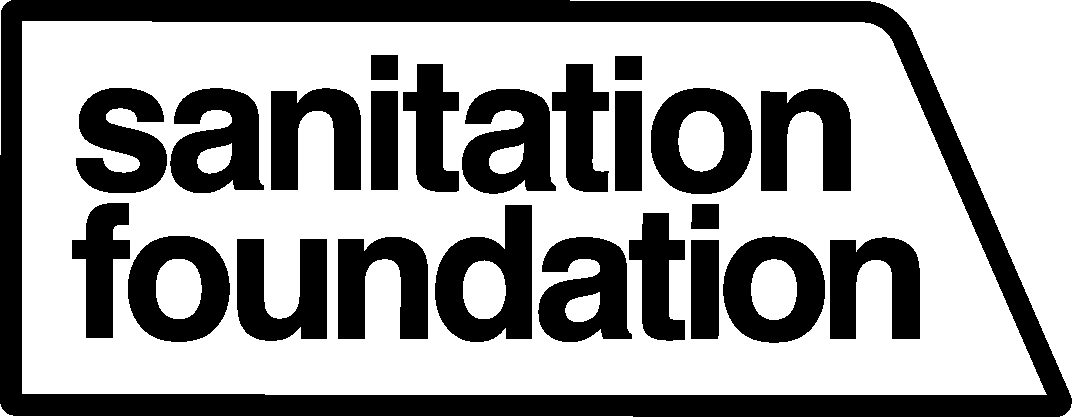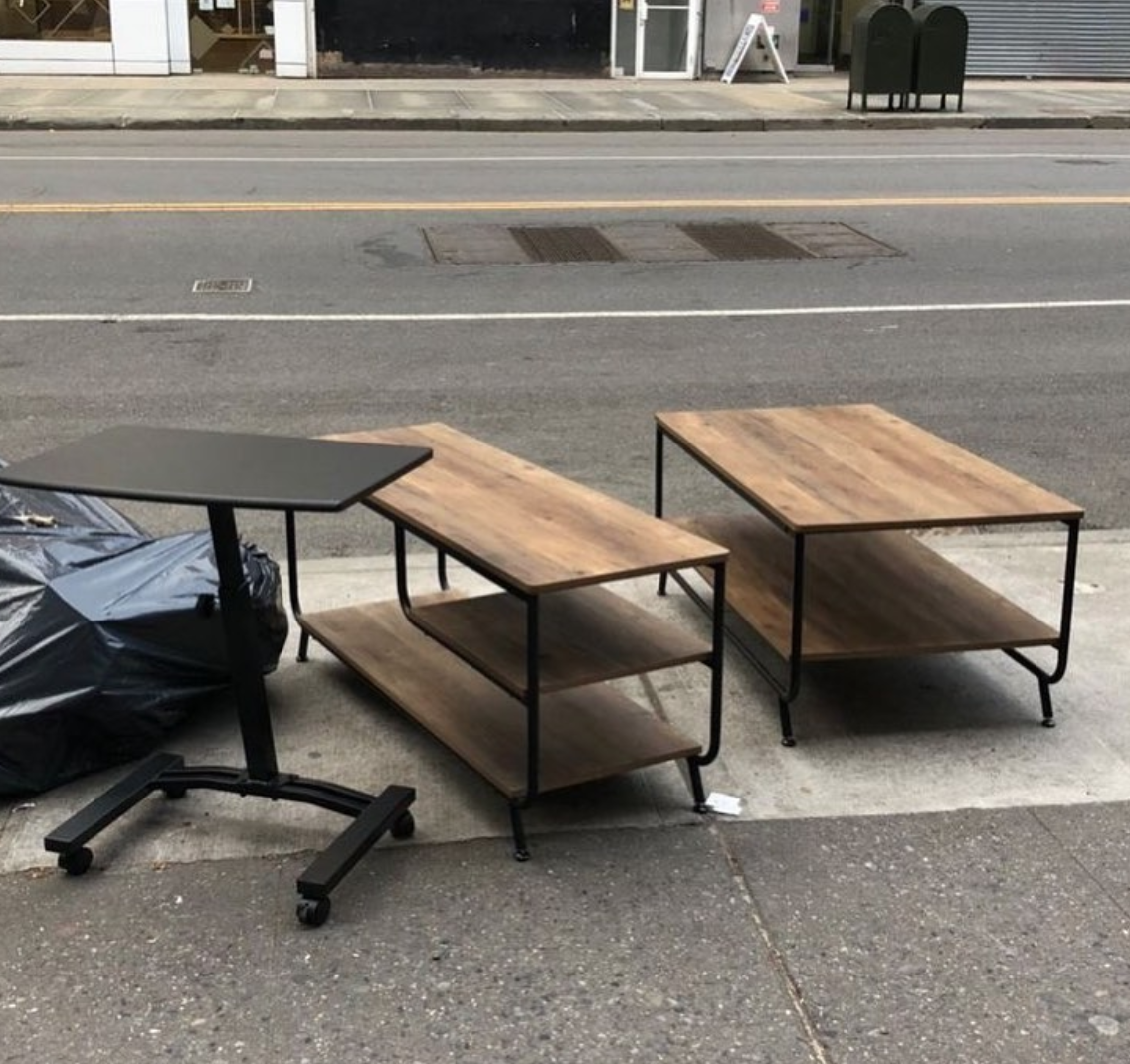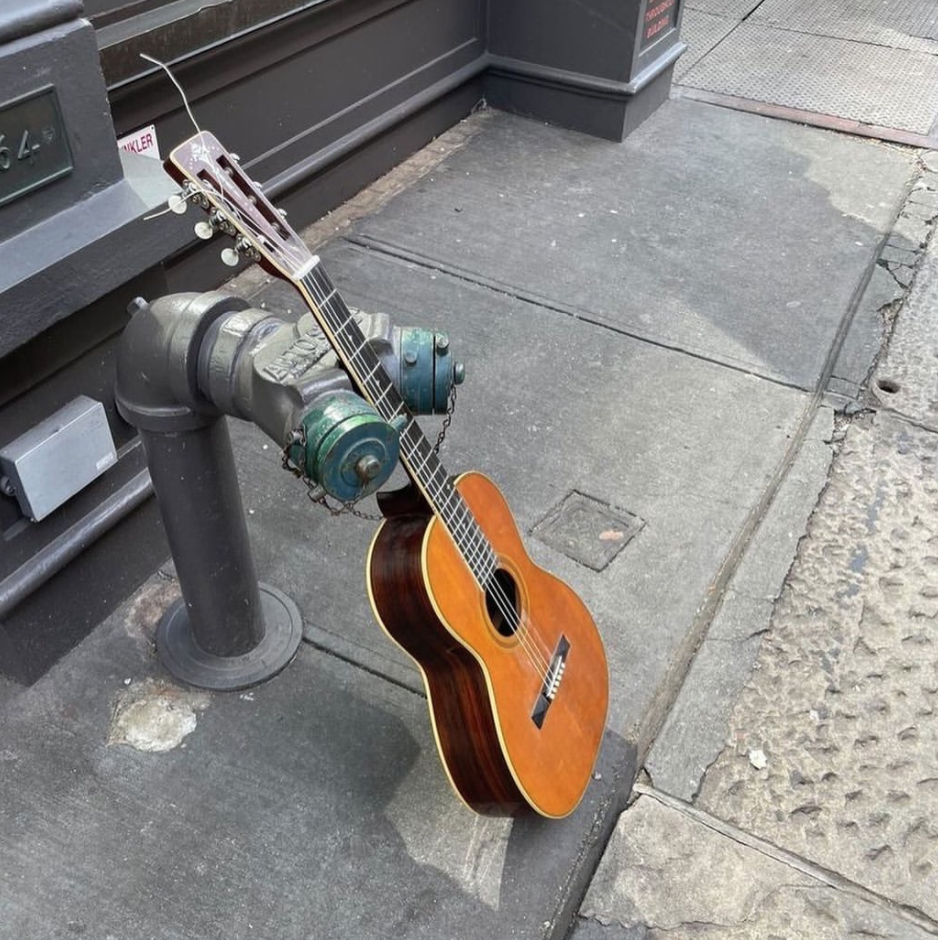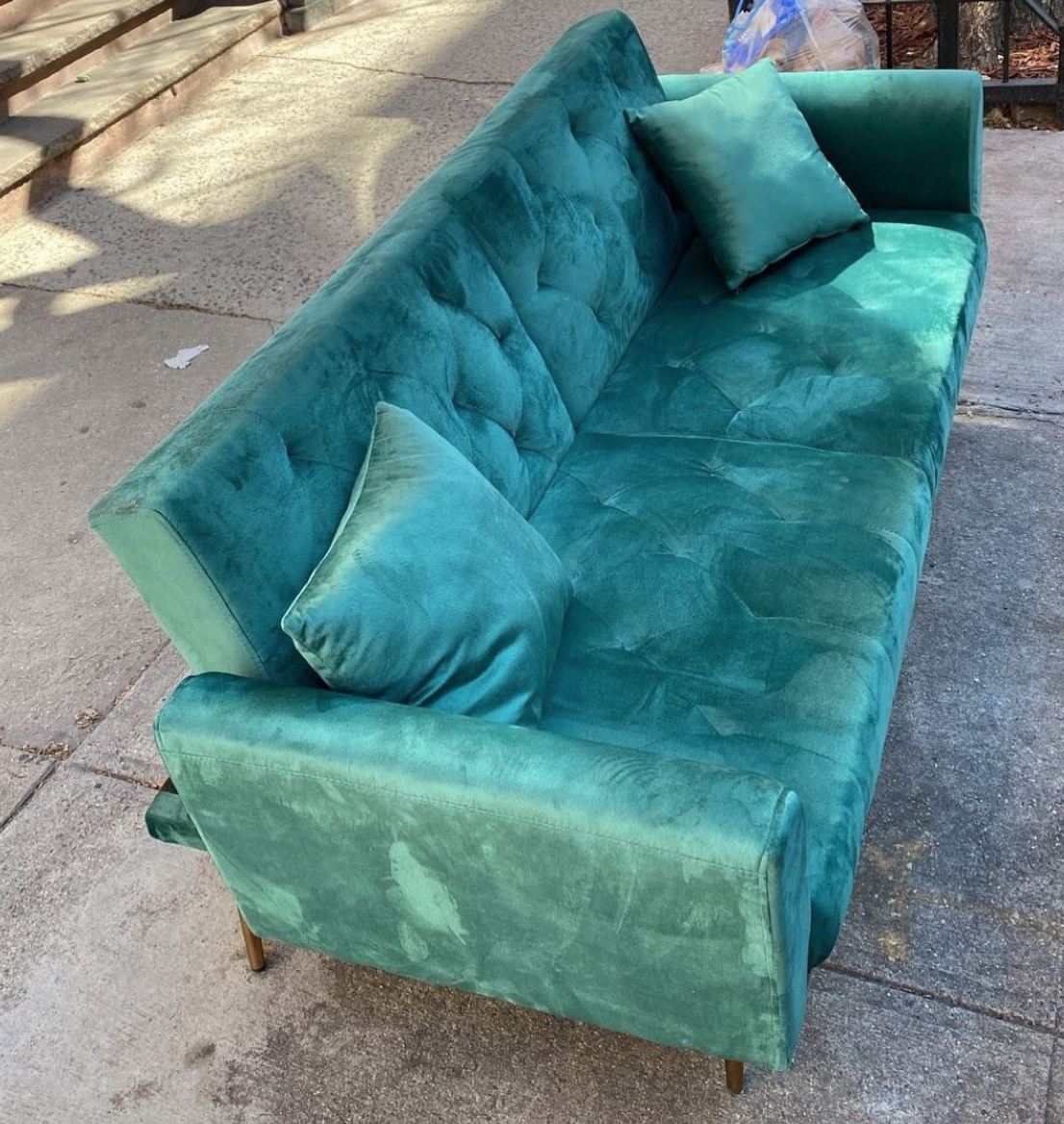Spring Cleaning—the responsible way
How the guerilla reuse efforts of Buy Nothing Groups encompass a now massive, effective, and growing worldwide waste-diversion movement
By Anne Whiting
New York City: where the sidewalks are made of…a different kind of gold, namely: discarded furniture, electronics, old rugs, and a lot more salvageable rubbish. While some of these treasures in the trash get picked up by avid rummagers or opportunistic passersby—our “put it on the street” mentality originates from the not entirely careless, well-intentioned hope that someone else (New York lacks space, not people) will want or need our old items—most get crushed in our refuse trucks and stuffed into a landfill.
Images courtesy of @stoopingnyc, another ally in the reuse space
We’re grateful that the NYC Sanitation Department (DSNY) keeps us from accidentally furnishing an outdoor living room, but we do need to find a less wasteful way to clean out our apartments. The DonateNYC program, housed withinDSNY’s Bureau of Recycling & Sustainability has developed one great solution for this. They operate a network of nonprofit partners including Materials for the Arts, The Goodwill, Housing Works, The Big Reuse, The House of Good Deeds, and more that can accept items for donation. Residents can find the nearest place to donate items via the donateNYC online portal or app. But in our transient city of over 8 million people, even these organizations can’t keep up with the surplus of things that end up kicked to the curb.
That’s where the Buy Nothing Project comes in. If you haven’t joined your local chapter yet, read on. You’ll want to.
A letter left behind on an object left behind, courtesy of Eddie Chang from the Upper East Side NYC Buy Nothing Group
The Buy Nothing Project is a massive worldwide gifting platform. Its aim: to have neighbors share freely between each other. Its motto: “Buy less and share more. It makes us all richer and the planet cleaner.” The concept—for good reason—has exploded, not just in New York but around the world. It’s been profiled extensively in well-read go-tos like the LA Times, US News Money, Real Simple, The Washington Post, Fox, money.com, fortune.com, and much more, establishing it as a solution to the modern life conundrum that we have too much stuff to get rid of, and we want to see it go to a good place.
We got some insider insight on the growth of the movement from one long-time New York native helping tackle the problem of waste by leading and growing his local Buy Nothing chapter: Eddie Chang of the Upper East Side Buy Nothing Group.
Examples of free offerings and gatherings fostered by Buy Nothing Groups
A native of the neighborhood, Chang grew up watching the waste, dismayed that it had nowhere else to go. His father would salvage things from the street and fix them up. Chang, as a result, grew up to become a “gadgety fixer upper,” and has enjoyed connecting with like-minded preservationists who are willing to take the time to fix posters and teach their young kids the value of saving and repurposing. A lot of Buy Nothing members are waste-avoidant people “who will take any random thing, fix it, and know that it’ll have a home.”
“That’s the problem with our current culture,” says Chang; “it’s one of nix and replace, instead of repair for renew.” Even though, he admits: “Of course, [now] it costs more to fix things than replace.” Nonetheless, he wants to increase the value of old things, and help teach the value of putting our own spins on things.
“#ISO [in search of] a couple of Moving boxes to pick up either tonight or tomorrow. Would be really helpful! Pic for attention” -a Buy Nothing post (but attention or not, boxes and bubble wrap get exchanged all the time!)
His aim is to continue ushering in this new culture of repurposing, even within a New York City community accustomed to a culture of bounty. (The Upper East Side has “particularly good trash,” adds Eddie.) And as is obvious by the growth in membership, people are realizing the benefits. If not for waste consciousness then perhaps for the simple fact that people love saving money.
The Upper East Side group—the largest group in the Tri-State area—was meant to encompass an entire mile-and-a-half radius, but its activity and membership growth has demanded that it split into two groups, from 60th to 71st Streets, and 72nd to 96th. Chang joined a little over two years ago, when the group was smaller, “with just a couple of posts a week”—compared to its now ~150 daily weekly posts, 12K members (for the 72nd-96th Sts. Group), and 100 daily applications to join.
Skis, anyone? Antlers, perhaps?
Chang’s job—which required an official Buy Nothing training—allows him to oversee exciting interactions like designers exchanging textiles and dressing local residents for galas or celebrity events, Black Friday giveaways that help people avoid spending money in stores, artists donating works for charity, and heartwarming pet care. During the Pandemic, he witnessed uplifting exchanges of hand sanitizers, Lysol wipes, face masks, etc.—as well as other crafty approaches to reuse and consumption while shops remained closed. He also gets to marvel at the exchange of less expected but highly valued gifts like rotten bananas (for banana bread!), sawdust, and egg cartons (for making fire starters!).
At times, he’s there to filter out people wishing to trade or barter, as well as disallow membership to anyone looking to give or ask for live animals and (of course) any controlled substances. But mostly, he’s there to grow and nurture the community, which expands like a plant with many branches—in fact, Upper East Side members have created a neighborhood plant exchange, and Chang also manages the group “NYC UES Street Parking,” a spin-off based on the request for parking and/or the gifting of parking spots.
Chang hopes to further solidify his group by opening a Community Closet that hosts those “things that people buy cheap versions of and use only once until they move again,” like drills, coolers, dollies, wrenches, etc. These items would be on loan for the few times a community member needs one—an alternative to purchasing an item for a single use and then leaving it on the sidewalk when it’s time to move.
Chang and some neighbors, preserving items from a move
The Buy Nothing Project helps us save money, lower our waste, and help others. It even helps Sanitation Workers by reducing the amount of large bulky items that they need to remove from the curbs.The practice of donating or consuming via Buy Nothing is an inherently eco-friendly practice, and the platform has become a living, expanding example of how waste-reduction efforts increase our sense of community, and of how a collective of hyperlocal actions create a substantive development in the name of positive, sustainable change.
Chang salvaging a chair on the street














